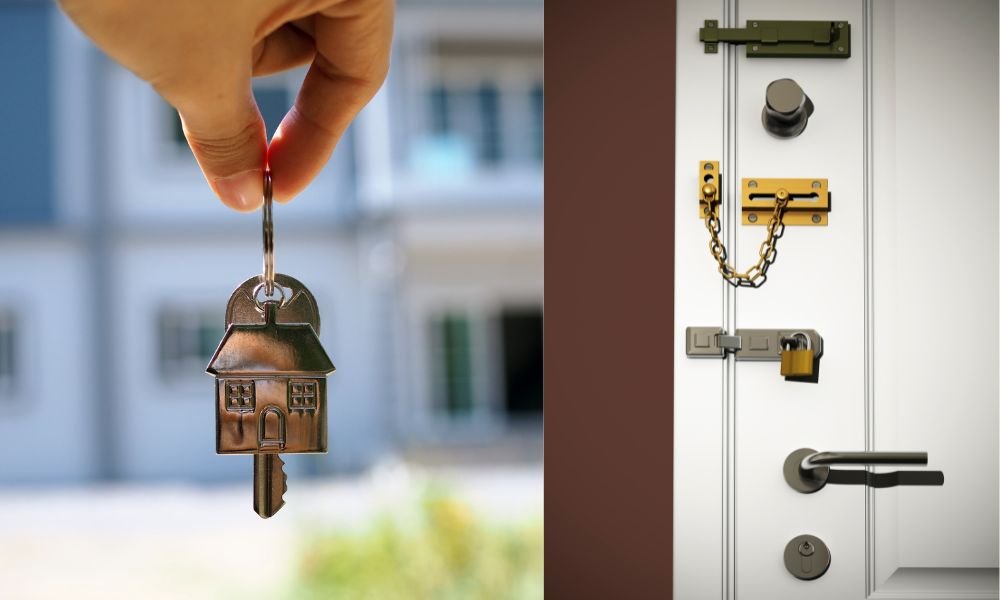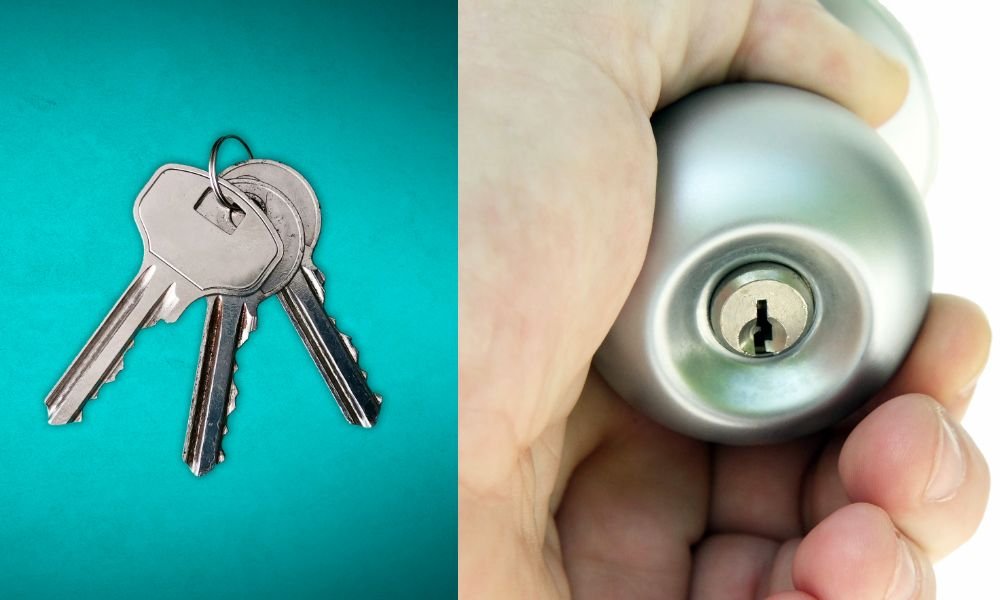Being locked out due to a lost key or a malfunctioning lock is a common issue that can be incredibly frustrating. This guide is designed to help you navigate the challenge of unlocking a door knob without the original key. We provide a variety of techniques that are effective for different types of locks, ensuring you can regain access without damaging the gate or lock. Whether you are dealing with a simple bathroom door or a more secure entrance gate, our methods are user-friendly and designed for quick resolution. In this guide, we will delve into how to open a locked door knob.
Identifying Your Door Knob Type
Understanding the type of door knob you are dealing with is crucial in choosing the correct unlocking method. Door knobs typically fall into three categories: push-button, turn-button, and key. Push-button knobs are commonly found on interior doors and involve a simple push mechanism to lock. Turn-button knobs are similar but require the user to twist a button to engage the lock. Keyed knobs are more secure and are usually installed on entry doors. By identifying the type of knob, you can better prepare for the unlocking process and select the most effective technique.
Tools for Unlocking

To effectively unlock a door, you might need various tools depending on the lock type and method chosen. For basic techniques, simple household items like flathead and Phillips head screwdrivers, paper clips, and bobby pins are usually sufficient. Additionally, for more complex locks, a credit card might be used to jimmy open a latch. Alternatively, a professional lock picking set could be necessary for dismantling a keyed lock mechanism. It is essential to ensure that you have legal permission to unlock the door. Otherwise, using these tools can be construed as breaking and entering if done without consent.
Using a Screwdriver
A screwdriver can be a handy tool for unlocking doors with push-button or turn-button knobs. Here’s how to use it effectively: Insert the tip of a flathead screwdriver into the knob’s hole. Apply gentle pressure while simultaneously twisting the screwdriver. This action can help disengage the locking mechanism from the inside. Once you feel the lock release, simply turn the knob to open the door. This technique is particularly useful for internal doors where security is less robust, and quick access is needed.
Utilizing Paperclips or Bobby Pins
Paperclips and bobby pins can be transformed into makeshift lock-picking tools with a bit of bending and shaping. To use one of these items, straighten it out to form a long, thin piece of metal. Insert this improvised tool into the keyhole of the door knob. Gently wiggle and push the tool inside the lock, feeling for the pins or mechanisms that hold the lock in place. With patience and a bit of skill, you can manipulate these components to disengage the lock and open the door. This method is often successful with simple locks on interior doors.
Employing a Credit Card
Using a credit card to open a locked door is a popular method for bypassing the latch on doors that aren’t deadbolted. To execute this technique, select a sturdy card that you don’t mind damaging. Slide the card between the frame and the door near the latch mechanism. Tilt the card towards the knob while pushing it deeper into the crack. Then, bend the card away from the knob to push the latch back into the gate. With the right angle and pressure, this will pop open. This method is most effective on doors with simple latch mechanisms.
Professional Lock Picking
For doors secured with a keyed lock, professional lock picking tools are often necessary. These tools include various picks and a tension wrench. Start by inserting the tension wrench into the lower part of the keyhole and apply a small amount of pressure to create tension. Use a pick to reach the pins inside the lock and gently manipulate them until they align correctly with the shear line of the lock cylinder. Once the pins are set, turn the tension wrench like a key to unlock the door. This method requires practice and skill but can be very effective.
When to Call a Professional

If you’ve tried the above methods and still can’t unlock the door, or if you’re uncomfortable with attempting these techniques, it’s time to call a professional locksmith. Locksmiths have the expertise and equipment to unlock doors without causing damage. They can handle high-security locks and ensure that the integrity of the lock is maintained, providing a safe and legal way to regain access to your property.
Preventing Future Lockouts
To prevent future lockouts, consider implementing preventive measures such as keeping a spare key in a secure location, using a keyless entry system, or regularly maintaining your locks to ensure they function properly. By taking proactive steps, you can avoid the inconvenience of being locked out and ensure that your locks are always in good working condition.
Conclusion
While being locked out can be stressful and inconvenient, having the right knowledge and tools helps. Moreover, you can regain access to your property quickly and without damage. Whether you opt for a DIY approach with household tools or call a professional locksmith, it’s important to handle the situation with care. Additionally, ensure that you have the legal right to access the property. By following the methods and tips in this guide, you can be prepared for any lockout situation.



